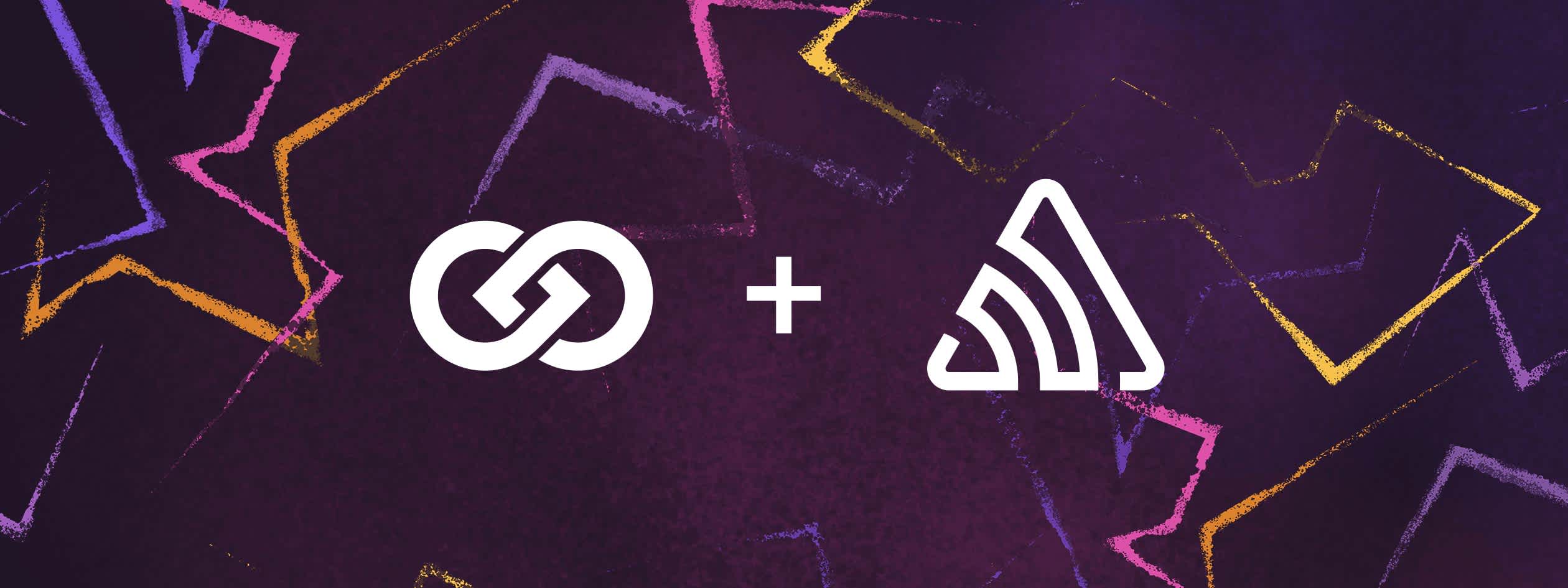Reciprocal Value

In rotating their tech support tasks, Reciprocity is finding a better way to monitor their code — and a better feel for their process. Joe Alfaro, VP of Engineering at Reciprocity, shares how Sentry helps his team resolve problems before customers can report them.
Like most companies, Reciprocity constantly iterates on the best ways to support our product. But with six engineering teams, Conway’s law is a concern for us, as six separate teams usually means six separate processes — and priorities.
Friction from these competing priorities usually occurs when we have to choose what’s more mission-critical — delivering new features or optimizing old ones. That’s how we first used Sentry: to help us identify bottlenecks on legacy functionalities that no one owns and common components that everyone uses.
To combat this, we experimented in rotating technical support responsibilities. This was a big risk for our teams, and wouldn’t work unless Sentry could provide support teams with a single source of truth. Each week a different team nominated one person to lead technical support with these priorities (top ones being the most important):
Resolve any blockers/incidents/alerts that pop up, and find the right team to handle them, if no team owns that feature, fix them yourself
Resolve any pending customer requests that need technical help
Proactively go through Sentry each morning and early afternoon and check if there are any new issues there. If you find them, try to solve them or schedule solving them for later. If it’s not worth solving, silence it so in time we get less and less noise in the system and can easily see all the new things that pop up.
Go through performance metrics, testing metrics etc. to see if there is something to improve there
Work on other things that will improve the life of the next person on rotation
The benefits have been game-changing. With Sentry, we’ve improved resolution times throughout our continuous delivery processes and got us to a point where we could solve problems before a customer could fill out a support ticket. We also noticed how this improved morale: with engineers getting more exposure to customers, they’re developing a better relationship with the customer support team.
None of this could be done without Sentry. Without an intuitive error monitoring platform, rotating support responsibilities would be both too risky for our customers and too time-consuming for our teams. And most important, we’ve learned that a better process for us reciprocates into better solutions for our customers.



